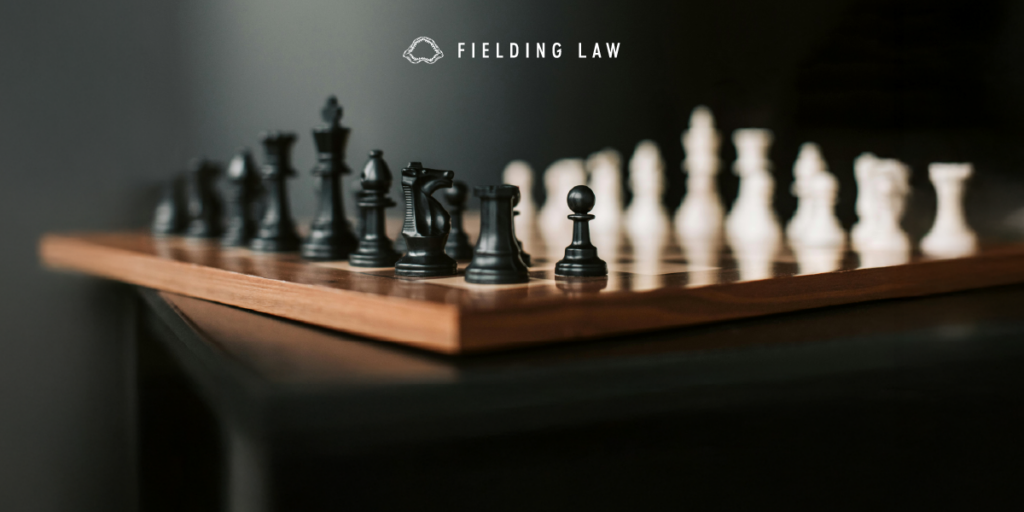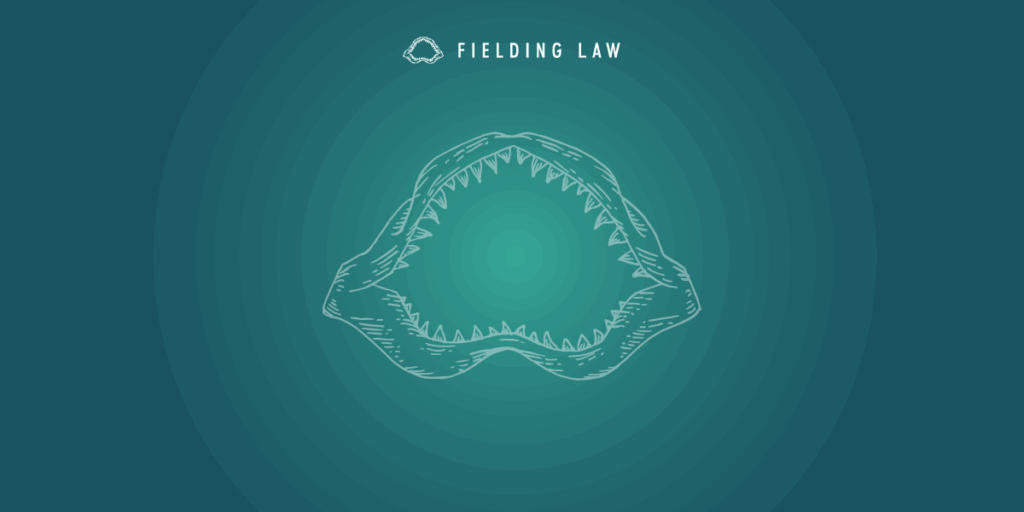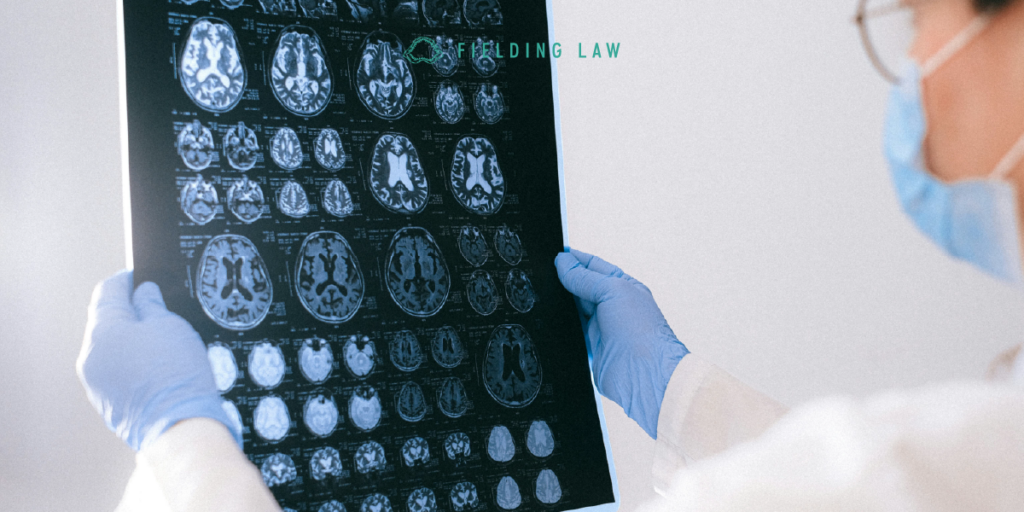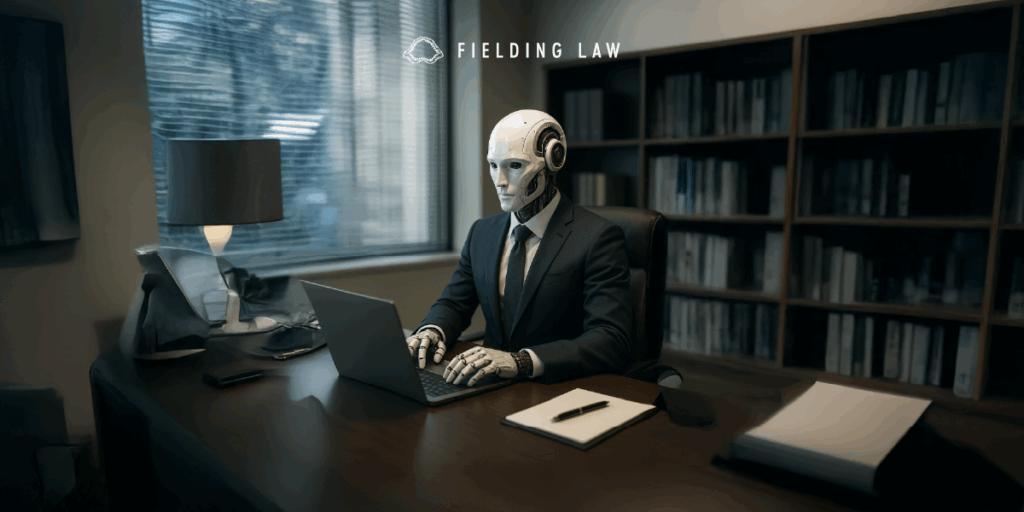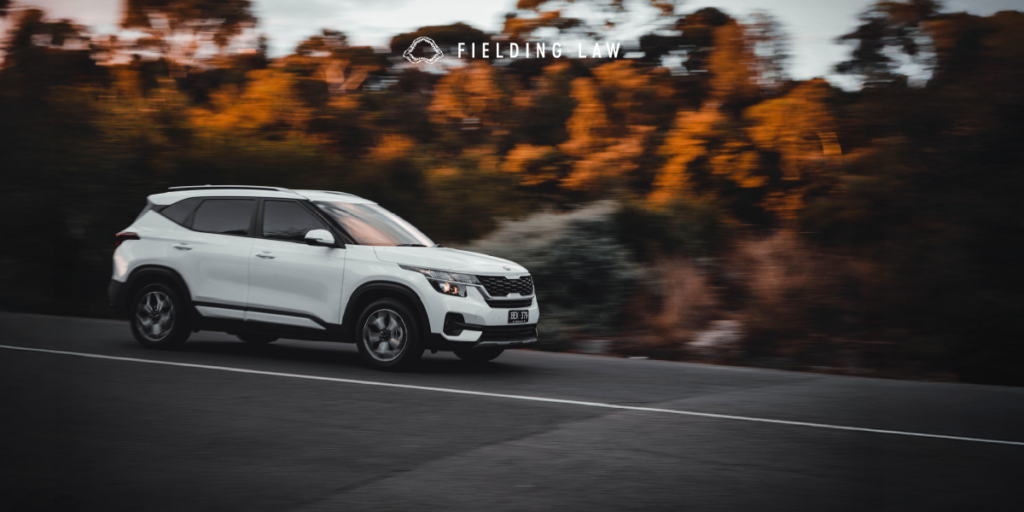
Why These Crashes Are Different
Self-driving cars are operating on public roads across California and Arizona. With companies like Tesla, Waymo, and Cruise expanding their presence, accidents involving autonomous vehicles are becoming more common. These crashes often raise more questions than answers.
If you are unsure after a self-driving car accident what to do, you are not alone. These incidents involve more than just human error—they may include software malfunctions, sensor failures, or remote operator mistakes. Knowing how to respond can protect your rights and strengthen your injury claim.
Step 1: Call 911
Always report the crash by calling 911. A police officer can create an official record of the accident and help determine whether the self-driving system was active. Even if you do not feel seriously injured, a report will be vital for any future legal action.
Step 2: Seek Medical Attention
Even in low-speed accidents, injuries may not appear right away. Always get a full medical evaluation after a crash. This protects both your health and your case. Documentation of your injuries is essential in a personal injury claim.
Step 3: Document the Scene
If it is safe, take photos and video of the vehicles, damage, license plates, nearby signage, and any branding that shows the vehicle was part of an autonomous fleet. Also look for witnesses and ask for their contact information.
Be sure to note whether there was a human driver present. Some vehicles operate fully autonomously, while others rely on human supervision.
Step 4: Do Not Trust the Technology
Although autonomous vehicle companies market their systems as safe and reliable, the reality is that these systems have failed to detect stop signs, pedestrians, and parked vehicles. Just because a vehicle was using self-driving technology does not mean it was operating safely or legally.
Manufacturers may try to blame you, even if a system error caused the crash. That is why legal help is critical.
Step 5: Speak to an Attorney Experienced with AV Claims
Not every law firm is equipped to handle accidents involving self-driving cars. These cases often require deep technical investigation, including data logs, vehicle software performance, and regulatory compliance.
At Fielding Law, we understand the complexity of self-driving technology and how to build a strong injury case. Whether the crash involved Tesla’s Autopilot, Waymo’s robotaxi, or another AV system, we know how to pursue accountability.
Why Hire Fielding Law
Fielding Law represents victims of car crashes in California and Arizona with professionalism, kindness, and capability. We stay ahead of evolving technology and emerging legal challenges, including cases involving self-driving vehicles.
If you were involved in a self-driving car accident, what to do next can feel overwhelming. Let us help you make sense of the situation and fight for the compensation you deserve.
Contact Fielding Law at 833.88.SHARK for a free consultation today.
Note: Information provided is for educational purposes and does not constitute legal advice. Always consult with a qualified attorney for legal concerns.




